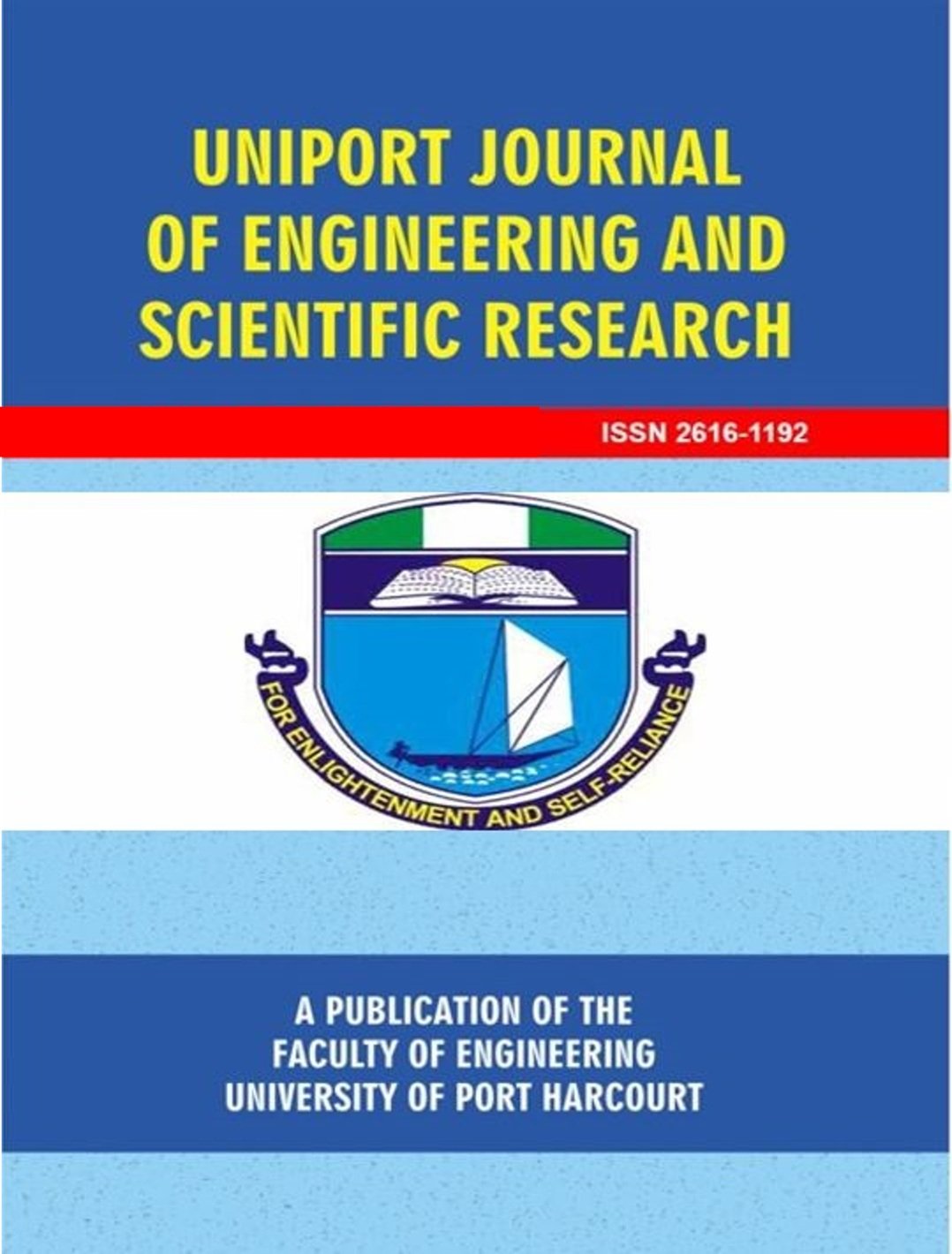A Comparative Study on the Effects of Desliming on the Physical Properties of Barite Ore from Azara and Obubra areas of Nigeria, for Drilling Applications
##plugins.themes.academic_pro.article.main##
Abstract
This research compares the effects of desliming of barite ore from Azara and Obubra local government areas of Nasarawa and Cross river states of Nigeria respectively. Desliming was conducted with a view of separating the valuable barite from its unwanted or associated minerals in order to bring it (the barite) to the required specifications for use in oil and gas drilling operations. Desliming was carried out using a floccumatic machine. The factors and levels used in the desliming operation were flowrates at 25.2 ml.s-1 and 42.50 ml.s-1 and agitation times at 20 and 30 min respectively. The Obubra baryte and Azara desliming experiment consist of (8) runs each. The physical and chemical responses were evaluated after each run. The highest specific gravity value after desliming of Obubra barite was 4.18, up from the raw value of 4.14; while that of Azara was 3.80, up from an initial value of 3.45. The grain size remained the same at 75μm for both samples after desliming, while the moisture content of both samples was within the range of 0.01% before and after the desliming. The pH of Obubra decreased to an average value of 7.06, from the initial value of 7.3, while that of Azara experienced a 0.1 increase to 7.5 from 7.4. These results showed that while the deslimed Obubra barite practically meet the API physical requirements for drilling, the Azara barite, failed to meet the API specific gravity specification for oil drilling. Hence, for the Azara barite can be used in the production of paint fillers, ceramics, asbestos, glass, as well as a component for several other industries applications where barium compounds are required.

